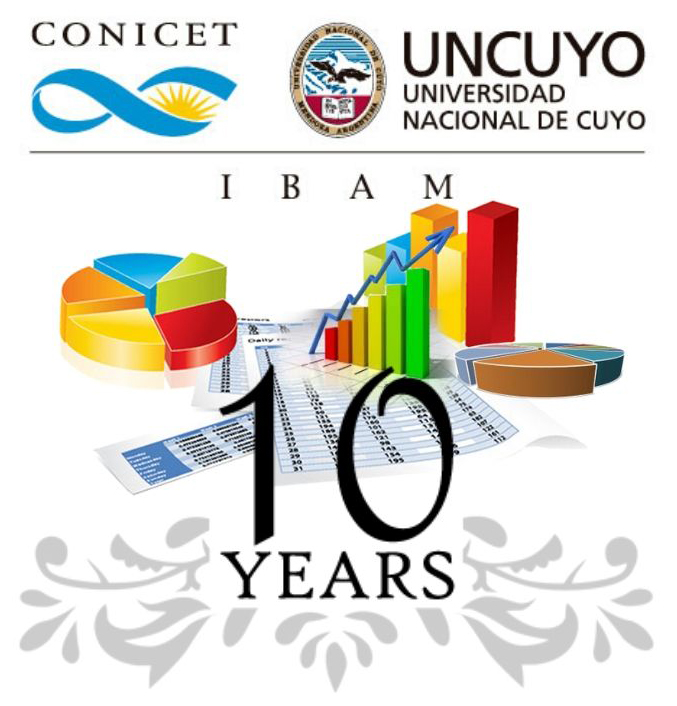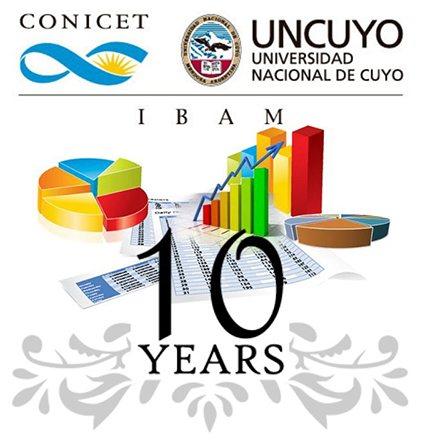Historical overview and perspectives of the Instituto de Biología Agrícola de Mendoza (IBAM): since its birth in 2009 to 2019
Palabras clave:
análisis de publicaciones, recursos humanos de IBAM, CONICET, Universidad Nacional de Cuyo, índice Q, equipamiento, financiamiento para investigación, colaboraciones institucionales, temas de publicación, índice HResumen

The Instituto de Biología Agrícola de Mendoza (IBAM) belongs to the Universidad Nacional de Cuyo and CONICET. It has the mission of generating knowledge in basic aspects and applied to irrigated agriculture. The purpose of this review is to analyze the articles published during 10 years, since its creation. All publications were collected from 2009 to the present and the outcoming data was evaluated according to funding, collaborations, disciplines, equipment, journal quality indicators and IBAM's h-index. Taking the Scimago ranking into account, it was concluded that 58% of the publications are in quartile 1 (Q1). When the disciplines were analyzed, those related to the crops of the Mendoza region, such as vine, potato, garlic and olive, were the most studied. Most of the projects that finance publications come from national institutions. Interinstitutional collaborations are mainly with national entities. IBAM has been growing over the past 10 years in terms of human resources and in the quality of its research.
Highlights
-
IBAM was created on 2009, and includes 10 groups that investigate on agricultural issues.
-
186 articles were evaluated and most of them belong to Q1 Journals.
-
The publication topics were mainly on grape, olive, garlic and potato in accordance with the productive interests of the Cuyo region in Argentina.
-
The IBAM h-index was 28, indicating the good quality of the scientific production during the 10 years of its existence.

Descargas
Publicado
Número
Sección
Licencia
Aquellos autores/as que tengan publicaciones con esta revista, aceptan las Políticas Editoriales.


